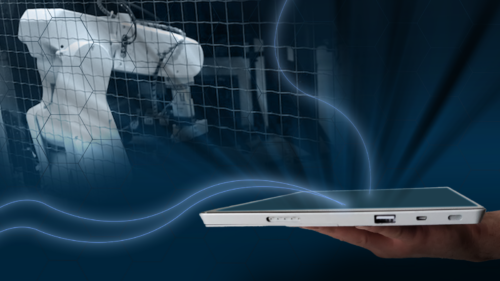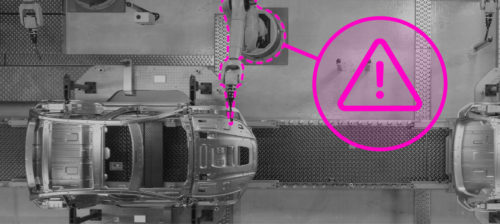Simple Solutions – 2001-02-01
Mounting blueprints Problem: Blueprints tend to be large and bulky, while many plant maintenance offices are small and cramped. In our case, we had ten 24-in. 3 34-in.
Mounting blueprints
Problem: Blueprints tend to be large and bulky, while many plant maintenance offices are small and cramped. In our case, we had ten 24-in. 3 34-in. blueprints and no place to store or easily read them. The only sizeable surface area available was the wall.
Solution: We mounted ten window shades on the wall, one below the other. The blueprints were then put on the shades. The shades are simply pulled down for immediate access when the blueprints are required. This storage method also ensures that the prints are not damaged or destroyed.
Contributor: Steve Morrison, Cimpl Meats, Yankton, SD
Mixing solutions
Problem: Cleaning solutions must usually be diluted with water at a minimum 1:1 ratio to work properly. Unfortunately, employees tend to think that the straight stuff cleans better and do not make the mixture. How can you get around this problem?
Solution: Buy the cleaning solution in large containers, but only fill them half full. I purchase 250-gal. reusable totes, but only 125-gal. of solution. The tote is topped off with water when it arrives. Cleaning is done more effectively at a lower cost.
Contributor: Dave McDonagu, Penn Color, Hatfield, PA
Saving money
Problem: Compressed air is a major energy source in the plant, and also a tremendous energy waster. Are they any tips that can cut down on compressed air costs?
Solution: There are a number of techniques that can be applied without investing big bucks.
-
Buy datalogging equipment with pressure and current sensors. Simultaneously log pressures in the plant and main header. Look for distribution problems. Watch load/unload cycle times. Do not cycle the compressor faster than 30 sec.
-
-
Consider adding a piping tee at the compressor’s pressure sensor. From the tee, run a line to a point downstream of the dryers and filters. Pressure control is much smoother. Use reasonable caution and don’t over amp the motor. Discuss this possibility with a compressor rep.
-
-
Work on a better compressor sequence. Try to establish the load and unload set points less than 10-psi apart. Multiple compressors can have overlapping pressure control bands. Use an hour meter and spreadsheet to monitor progress.
-
-
Consider existing building controls to monitor pressure at a central point and give load/unload commands to compressors.
-
-
Look for at least three loaded hours for every unloaded hour. If there are fewer loaded than unloaded hours, consider a smaller compressor.
-
Contributor: John Fiebich, Maintenance Engineer, Cessna Aircraft Co., Wichita, KS
SAFETY FIRST
In all cases, even if not specifically mentioned in the writeups, verify that the tip does not violate any
relevant code, standard, or practice. Always use the appropriate safety equipment and procedures when applying the maintenance tips.
-
-
-
-
Do you have experience and expertise with the topics mentioned in this content? You should consider contributing to our CFE Media editorial team and getting the recognition you and your company deserve. Click here to start this process.





